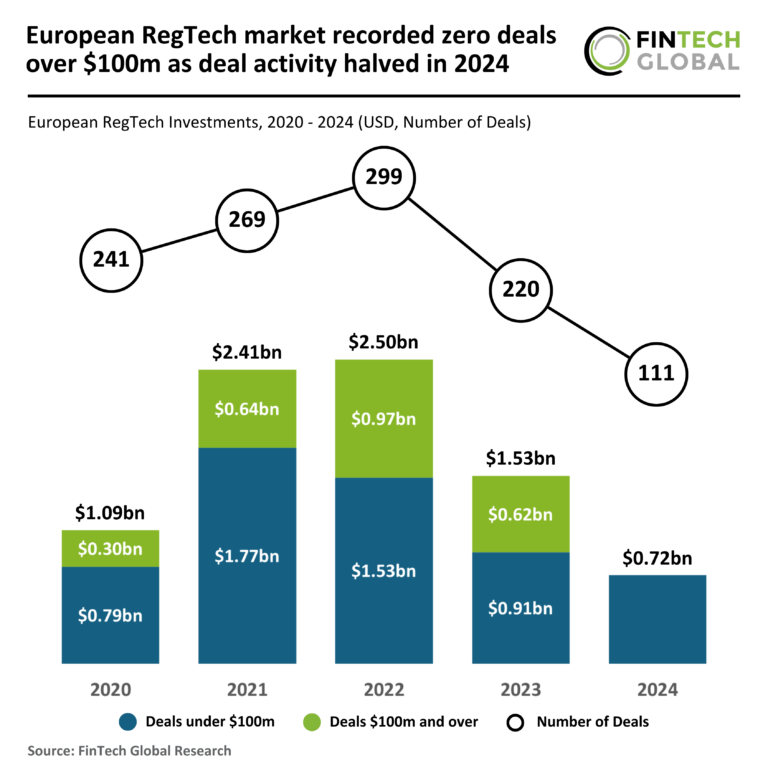Rising Payment Fraud: Young Men Targeted in Social Media Scams by Tietoevry
In 2024, digital payment fraud in Europe has surged significantly, as revealed by a comprehensive report from Tietoevry Banking. The increase in fraudulent activities, particularly those leveraging AI technology, underscores the evolving challenges faced by consumers and financial institutions alike.
Surge in Digital Payment Fraud
According to Tietoevry’s analysis of over 3.7 billion transactions and 200,000 fraud cases, there was a staggering 43% increase in attempted fraud compared to the previous year. This alarming rise is largely attributed to the growing sophistication of AI-powered social engineering tactics.
Key Findings from the Report
- 156% increase in social manipulation scams.
- 77% rise in phishing attacks over the past year.
- Notable methods include deepfake voice calls, AI-generated phishing emails, and QR code scams.
As these advanced techniques become more prevalent, both financial institutions and consumers are finding it increasingly challenging to detect fraud in real-time.
Trends in Fraud Detection
Tietoevry’s data shows a consistent rise in fraud detection rates:
- In 2022, there were 2.65 flagged cases per 100,000 transactions.
- This figure rose to 3.89 in 2023—a 47% increase.
- In 2024, it surged again to 5.57 cases, marking a 43% rise.
These statistics highlight an escalating arms race between financial institutions and the constantly evolving tactics of cybercriminals.
Insights from André Moen Eide
André Moen Eide, head of Tietoevry’s Banking Defence Centre, emphasized the societal implications of the fraud increase. He stated, “The 43% increase in fraud attempts reflects a growing threat to society. Each fraud attempt jeopardizes a person’s savings, trust, and sense of security.”
Impact on Young Adults
The report also indicates a concerning rise in money mule activity, particularly among young adults. More than 80% of individuals in their 20s, often lured through social media and deceptive job offers, are unknowingly recruited into illegal money-laundering schemes. This complicates efforts to trace fraudulent networks.
Emerging Forms of Digital Fraud
Several new forms of digital fraud have been identified, including:
- Card fraud: Frequently stemming from large-scale data breaches, especially among Asian e-commerce firms.
- Token fraud: Involves stolen card details linked to digital wallets without user consent, notably affecting users with devices set to Chinese languages and Asian IP addresses.
- Fake e-commerce sites: These increasingly realistic fraudulent stores trick consumers into divulging sensitive financial information.
Conclusion and Further Reading
Tietoevry’s “FinCrime Insights Payment Fraud Report 2025” provides a detailed overview of transaction data from across the Nordics and wider Europe, including insights from Norway, Sweden, Denmark, Finland, Germany, the UK, Ireland, and Spain. To access the full report, visit the FinCrime Insights: Payment Fraud Report page.







